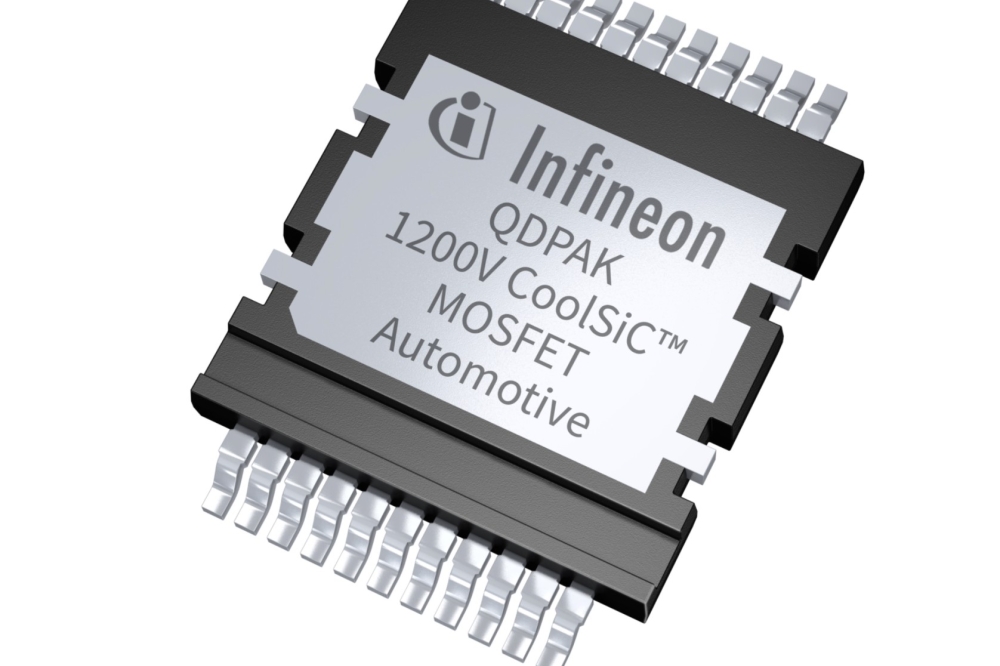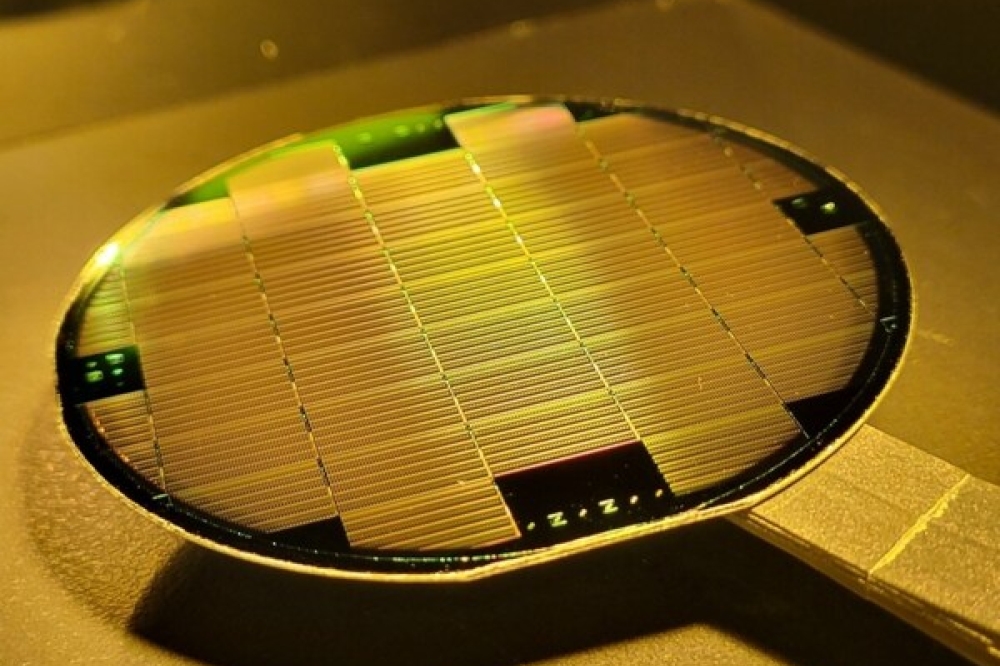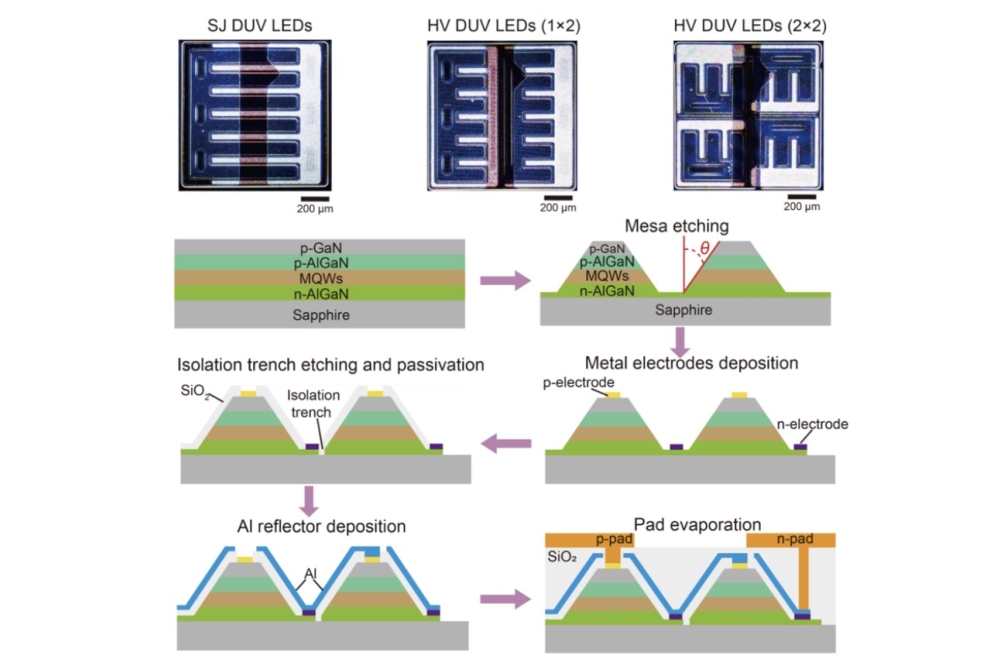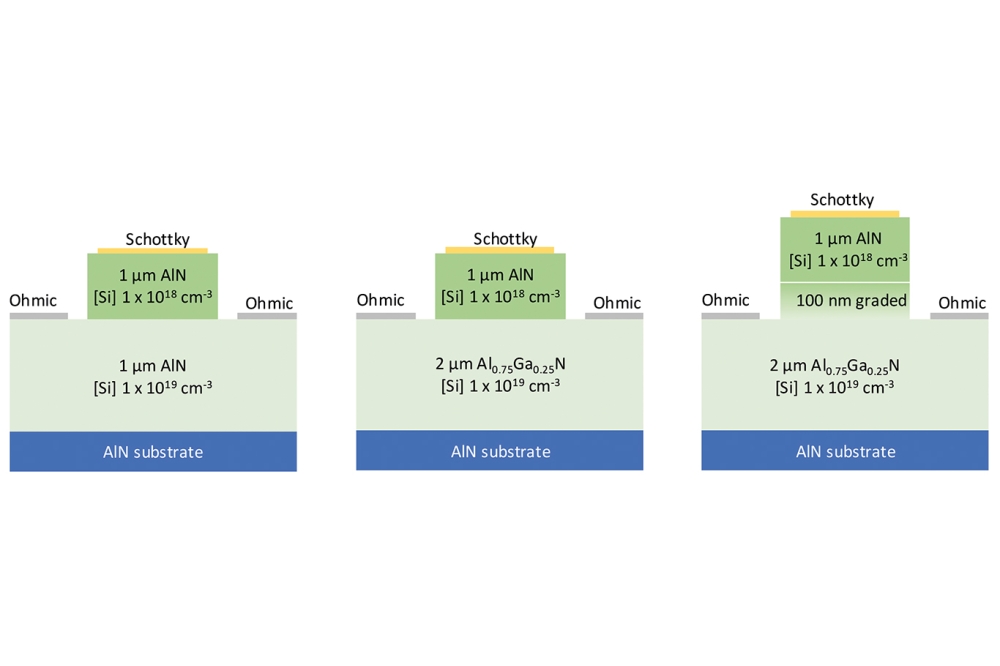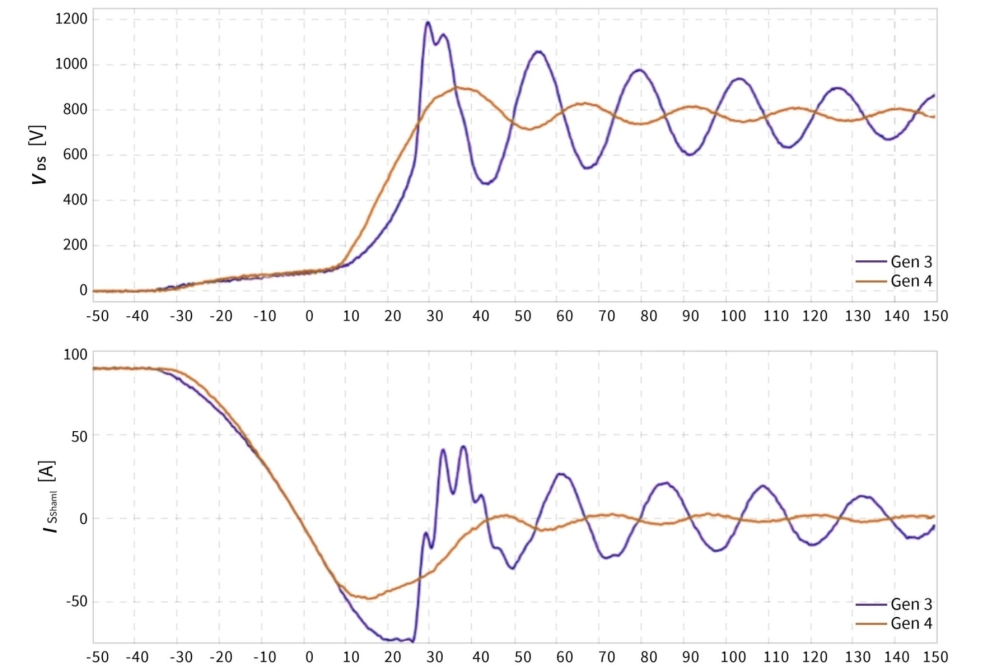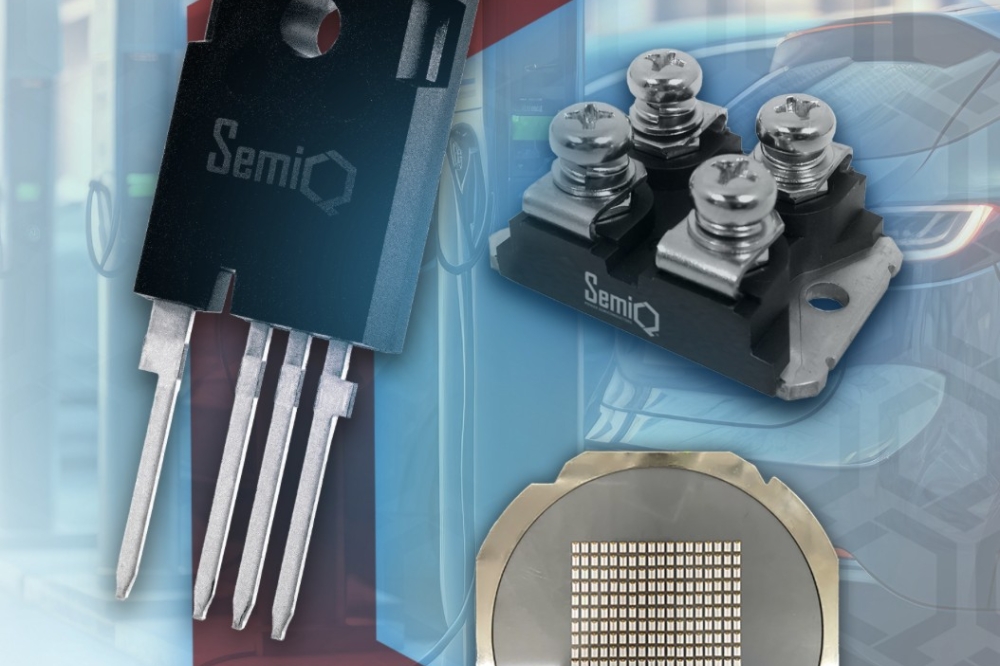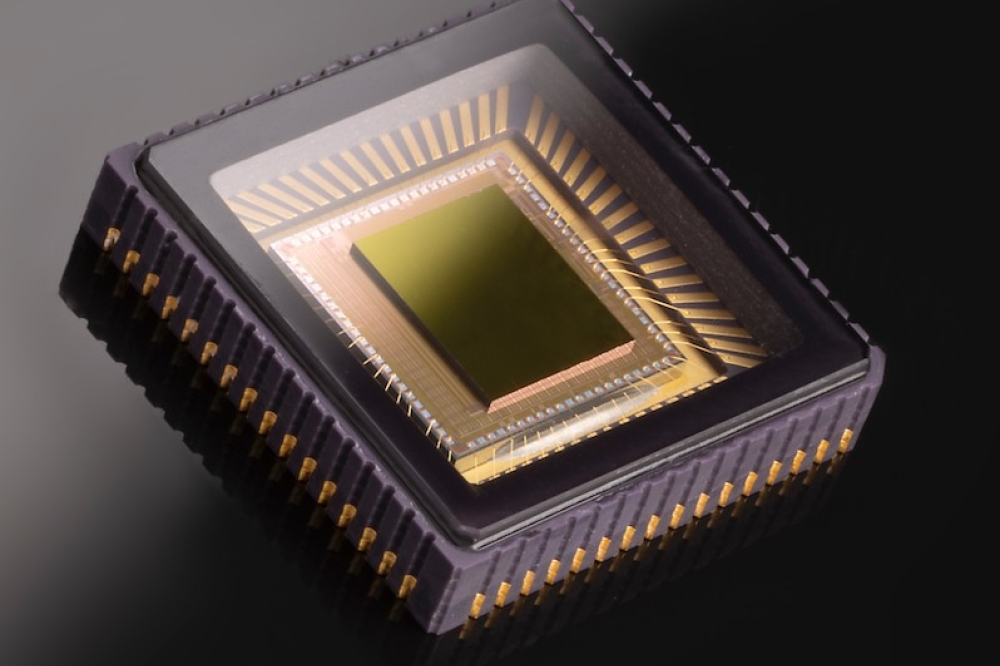Bristol University holds GaN-on-Diamond workshop

Taking high power microwave devices for networks and radar systems to the next level
Scientists from around the world visited the University of Bristol last week to hear progress on GaN-on-Diamond microwave technology.
This next generation technology will underpin future high-power radio frequency and microwave communications, space and defence systems, paving the way towards 5G and 6G mobile phone networks and much more comprehensive radar systems.
Bristol is working with a consortium of four other universities (Cardiff, Glasgow, Cambridge and Birmingham) and leading industry partners during a five-year Programme Grant GaN-DaME which received a £4.3 million grant from the Engineering and Physical Sciences Research Council (EPSRC) in early 2017.
The University’s Centre for Device Thermography and Reliability (CDTR), part of the School of Physics, organised the one-day workshop Diamond D-Day on Tuesday 29 January.
Plenary speakers included Akash System USA, the Universities of Bristol and Cardiff, European Space Agency Netherlands/UK, Fraunhofer Institute Germany, Qorvo USA Raytheon USA, RHFIC Korea/USA and RHP Austria.
Martin Kuball, the academic lead for the project, said: “120 participants with more than 50 percent from outside the UK as far away as the US, China, Japan and Australia learned about the latest developments in this exciting new device technology for future 5G and security applications and participated in lively discussions.”
The vision of GaN-DaME is to develop transformative GaN-on-Diamond HEMTs and monolithic microwave integrated circuits (MMICs), the technology step beyond current microwave devices.
Energy flows in these can be as high as the heat flux on the surface of the sun, and the diamond with its ultra-high thermal conductivity is the only material which can handle them. These devices will allow the implementation of future communications networks and radar systems with capabilities beyond what is presently possible.
Kuball added: "To enable our vision to become reality, we develop new diamond growth approaches that maximise diamond thermal conductivity close to the active GaN device area. In present GaN-on-Diamond devices, a thin amorphous dielectric layer is required on the GaN surface to enable seeding and successful deposition of diamond onto the GaN. Unfortunately, most of the thermal barrier in these devices then exists at this GaN-dielectric-diamond interface, which has much poorer thermal conductivity than desired.
“Any reduction in this thermal resistance would be of huge benefit. This we achieved by using new crystalline seeding layers for the diamond. Novel diamond growth is combined with innovative micro-fluidics using phase-change materials, a dramatically more powerful approach than conventional micro-fluidics, to further aid heat extraction.
“The outcome are devices with a spectacular >5x increase in RF power compared to the current state-of-the-art GaN-on-silicon carbide HEMTs, presently commercially available. Alternatively, and equally valuably, a dramatic 'step-change' shrinkage in MMIC or power amplifier (PA) size is possible, delivering an increase in efficiency through the removal of combining networks as well as a reduction in power amplifier cost.
“This represents a disruptive change in capability that will allow the realisation of new system architectures – for example, for radio frequency seekers and medical applications, and enable the bandwidths needed to deliver 5G and beyond. Reduced requirements for cooling/increased reliability will result in major cost savings at the system level.”












